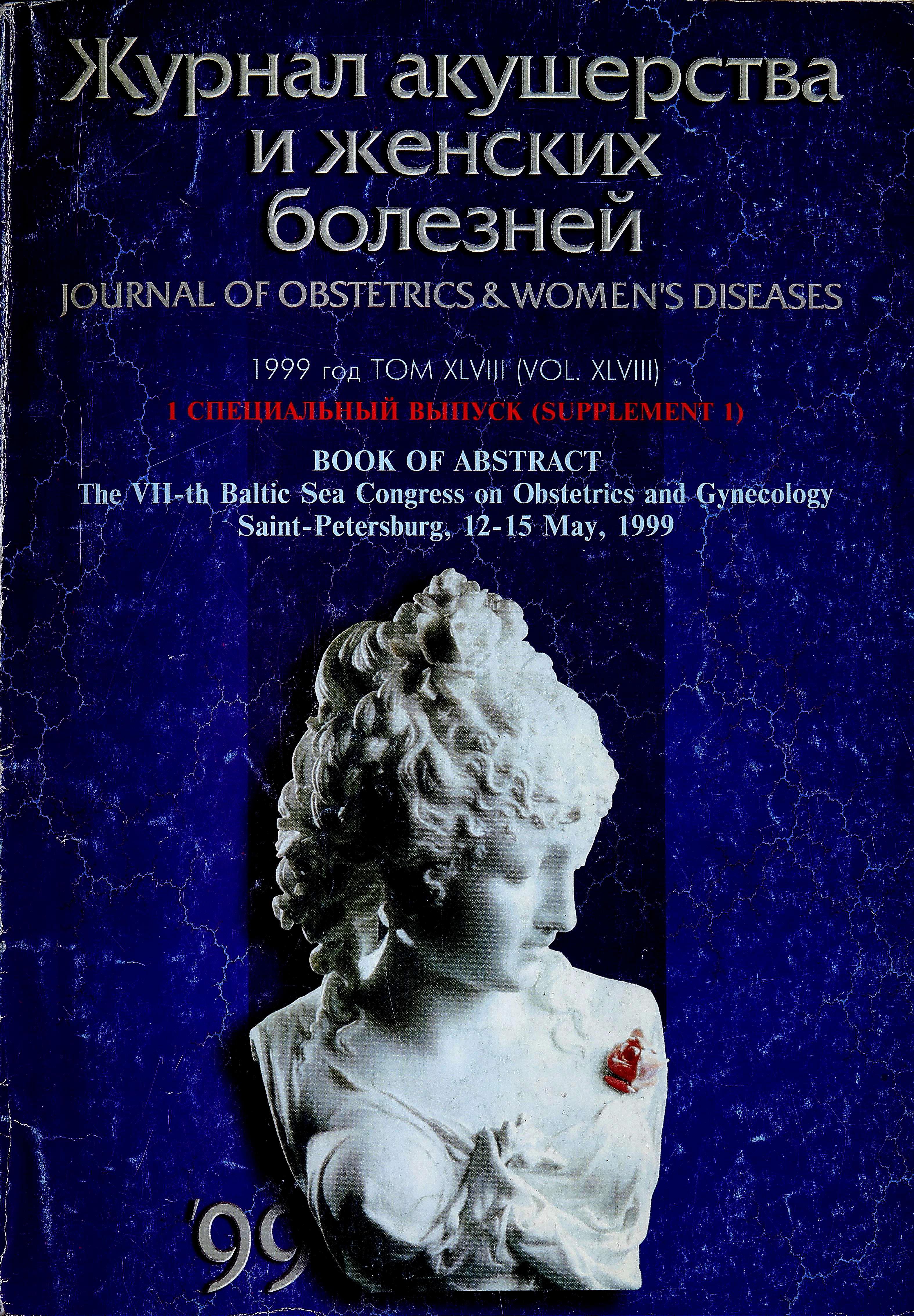How many cesareans are justified?
- Authors: Erkkola R.U.1
-
Affiliations:
- University Central Hospital
- Issue: Vol 48, No 5S (1999)
- Pages: 60-60
- Section: Articles
- Submitted: 16.02.2022
- Accepted: 16.02.2022
- Published: 15.12.1999
- URL: https://journals.eco-vector.com/jowd/article/view/100890
- DOI: https://doi.org/10.17816/JOWD100890
- ID: 100890
Cite item
Full Text
Abstract
Objective: Rising rates of cesarean sections (C.S.) in many countries have been of a wide concern. The objective of this report is to analyze the current knowledge about the advantages and disadvantages of abdominal delivery.
Keywords
Full Text
Objective: Rising rates of cesarean sections (C.S.) in many countries have been of a wide concern. The objective of this report is to analyze the current knowledge about the advantages and disadvantages of abdominal delivery.
Study design: Report is based on recent literature, preferably on meta-analyses of prospective trials. It is also based on some own data from Finland.
Results: In Sweden, 1 maternal death/105 vaginal deliveries occur, while at acute C.S. the risk is 11-fold. In Cape Town, the risk of maternal death associated to C.S. is 5-fold, when primarily critically ill mothers are excluded. Further, the morbidity of the mother is greatly increased: hemorrhages, infections, deep vein thromboses, and urinary tract injuries are early complications. Late complications include bladder and bowel adhesions, ventral hernia, uterine rupture in next pregnancy, placenta accreta, and high risk for another C.S.
Maternal illness may be an indication for C.S. Previous uterine scar is felt indicated for C.S. in many centers across the world. Further, the maternal anxiety or fear is increasingly rising as an indication.
Concerning the newborn, elective C.S. may increase the risk of respiratory distress syndrome 7-fold, and the risk of meconium aspiration many-fold. It has been claimed, that by increasing C.S. rate, the perinatal mortality will decrease, yet there are centers that are able to show, that perinatal mortality does not decrease once the C.S. rate is around 6 to 10%. The main fetal indications for C.S. are dystocia, fetal distress and breech presentation. There have been recommendations to deliver all fetuses with estimated weight <2500 g or >4000 g, but this alone would lead to about 20% C.S. rate. In a recent meta-analysis on elective versus selective C.S. in pregnancies <37 weeks the data was too small to conclude whether the benefit for the newborn outweighs the maternal morbidity. Likewise, expectant management in postdate pregnancies is found to decrease the C.S. rate without fetal risks.
Conclusions: Evidence based medicine does not support C.S. rates higher than 10-15%.
About the authors
R. U. Erkkola
University Central Hospital
Author for correspondence.
Email: info@eco-vector.com
Finland, Turku
References
Supplementary files







